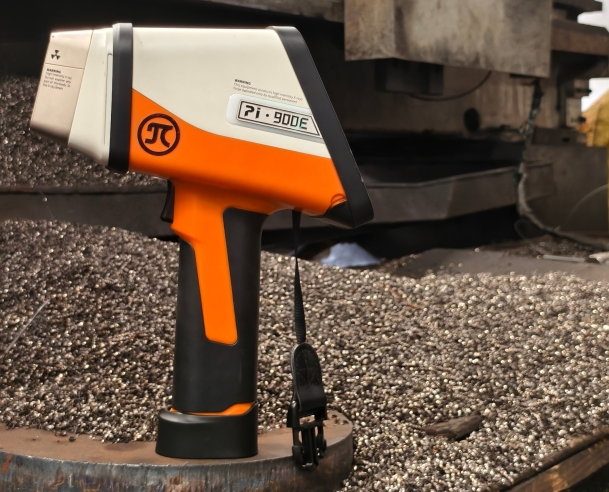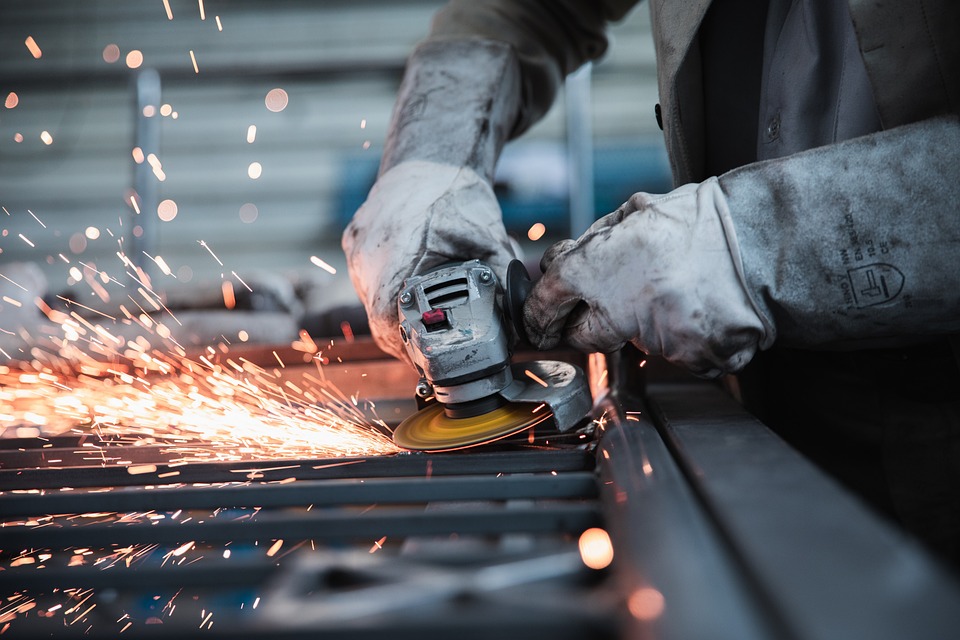
Gold and Jewelry
A high-tech enterprise focusing on the development and application of X-ray technology products, committed to becoming a leading supplier of X-ray industrial testing solutions.
Understanding the Accuracy and Reliability of XRF Gold Testing Machines
Gold testing is crucial for determining the purity and value of gold in a wide range of industries, from jewelry making to investment. In recent years, X-Ray Fluorescence (XRF) technology has emerged as one of the most reliable and efficient methods for testing gold purity. But how accurate and dependable are XRF gold testing machines? In this article, we will explore how XRF technology works, its benefits, limitations, and its reliability in gold testing.
What is XRF Gold Testing?
XRF testing is a non-destructive technique that uses X-rays to determine the composition of materials, including precious metals like gold. When an X-ray beam hits a gold sample, the atoms in the sample are excited, and they emit secondary (fluorescent) X-rays. These emitted X-rays are then analyzed to identify the types and amounts of elements present in the sample. The process is quick, with results available in just a few seconds, and does not require any sample preparation, making it ideal for testing gold in various forms, including jewelry, coins, and bars.

How Does XRF Gold Testing Work?
The process of XRF gold testing is relatively simple:
The sample is placed in the XRF machine.
The machine emits a high-energy X-ray beam onto the gold sample.
The sample's atoms emit fluorescent X-rays, which are captured by the machine.
The XRF analyzer processes the data and provides a reading of the elemental composition, including the gold content.
This method can identify various elements, such as gold, silver, platinum, and copper, and determine the purity of the gold in a sample by comparing the ratios of gold and other metals.
Accuracy of XRF Gold Testing Machines
One of the main advantages of XRF gold testing is its accuracy. XRF machines can provide accurate readings of gold content within minutes. However, the accuracy can depend on several factors:
Calibration of the Machine: Regular calibration ensures that the machine provides reliable results. If the machine is not calibrated properly, the results may be inaccurate.
Surface Condition of the Sample: The purity readings can be influenced by the surface condition of the sample. For instance, if the gold is covered by a layer of dirt, oxidation, or other coatings, the results may not be as precise. To obtain the most accurate readings, it is important to clean the sample before testing.
Thickness and Homogeneity of the Sample: XRF testing works best on homogeneous and flat samples. If the gold sample is uneven or has a complex structure, the machine may have difficulty providing precise readings, particularly if the sample is very thick.
Presence of Other Metals: Gold alloys and gold-plated items may have additional metals that affect the accuracy of the results. While XRF machines can distinguish different elements, higher concentrations of other metals may lead to slight errors in the gold purity reading.
Reliability of XRF Gold Testing Machines
XRF gold testing machines are considered reliable for quick assessments of gold purity, but they are not foolproof. The reliability of the test depends on various factors, such as the machine's quality, the skill of the operator, and the condition of the sample. Here’s a breakdown of these factors:
Machine Quality: High-end XRF machines, such as those manufactured by leading brands like Thermo Fisher or Bruker, are designed to deliver highly reliable results with precision. These machines are typically more expensive but offer superior performance in terms of accuracy and durability.
Operator Expertise: The reliability of XRF testing also depends on the expertise of the operator. Proper calibration, sample handling, and data interpretation are essential for accurate results. An inexperienced operator may not be able to optimize the machine’s performance or interpret the results correctly.
Testing Environment: The environment in which the XRF testing is conducted can impact its reliability. Factors such as temperature, humidity, and electromagnetic interference can affect the results. A controlled testing environment helps minimize these risks.
Type of Gold: Pure gold (24 karat) is straightforward to analyze, but when dealing with gold alloys, the accuracy and reliability of XRF testing can decrease. For gold alloys containing multiple metals, the XRF machine may provide a general estimate of purity, but it might not distinguish between small variations in metal composition.
Pros of Using XRF for Gold Testing
Non-Destructive: XRF testing does not damage the sample, which is ideal for high-value items like jewelry, coins, or bullion.
Quick Results: Results are available in just a few seconds, making it a convenient option for quick tests.
Versatile: XRF machines can test a wide variety of materials and elements, not just gold. This makes it a versatile tool for businesses that handle a range of precious metals.
Portable Options: There are portable XRF analyzers available, allowing for on-site testing of gold and other precious metals.
Cons of Using XRF for Gold Testing
Limited Detection of Layers: While XRF can analyze the surface composition of a sample, it may not be able to detect metal coatings or layers beneath the surface, which could lead to misleading results for gold-plated items.
Cost: High-quality XRF machines can be quite expensive, making them less accessible for individuals or small businesses.
Accuracy with Alloys: As mentioned earlier, XRF testing may not provide perfectly accurate results for gold alloys, especially those with complex compositions.

Terras Pi900E Handheld Precious Metal Analyzer
The Pi900E Portable Gold Analyzer utilizes advanced X-ray fluorescence (XRF) technology to accurately measure gold purity (9K-24K), silver, platinum, palladium, and other alloying elements in seconds—even detecting plated layers and non-standard alloys. Its lightweight, rugged design and intuitive touchscreen make it ideal for jewelers, pawnshops, and mining sites. With built-in Wi-Fi/USB connectivity, it enables real-time data transfer and advanced software reporting for efficient precious metal analysis.
Conclusion
XRF gold testing machines are a reliable and efficient method for determining the purity of gold, offering quick, non-destructive results. However, like any testing method, they come with their limitations. To ensure accuracy and reliability, it is important to choose a high-quality machine, use proper calibration, and understand the factors that can affect the results, such as sample condition and the presence of other metals. While XRF testing may not be perfect for every situation, it remains one of the best tools available for gold testing, providing businesses and consumers with an invaluable tool to assess the value and authenticity of gold.
Join Us
Subscribe to our email list for updates & promotions.



